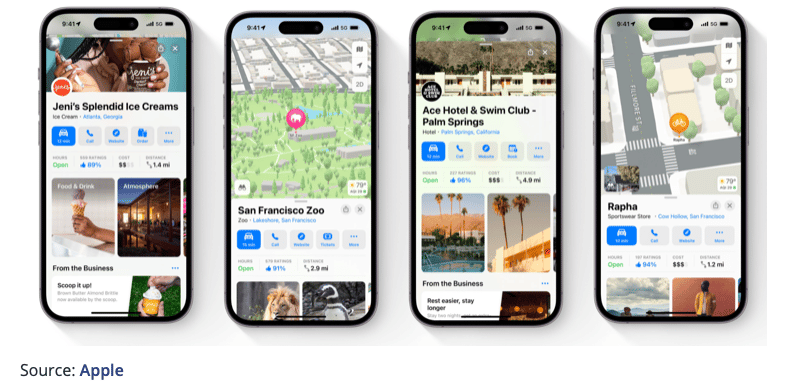
You want to use the power of the internet to help you grow your business locally.
I mean…you wouldn’t be here unless you did!
You’ve heard of search engine optimization (SEO) and know that it could be the easiest way for you to start implementing (that won’t also take a ton of time), but you have no idea how to get started. We get it, and we’re here to help.
Today we’re going to dive into a topic that will set your website and blog content up to create powerful results just by being more strategic about the keywords and phrases you use inside of your content.
So, let’s talk long-tail keywords.
First: define your long-tail keywords.
Long-tail keywords are typically three words or more, compared to other SEO keywords, typically only a word or two.
These unique phrases are super specific to your business and your geographical location, which will help you get even more targeted results when using them in your content. For example, “plumbing companies in Dallas” or “broken
By using long-tail keywords, businesses can skyrocket their search engine rankings, get more website traffic, and get more potential customers through their doors.
If you’ve got a limited marketing budget, long-tail keywords are one of the best ways to leverage your resources without spending a lot of money on local ads or other forms of marketing.
Why are long-tail keywords important for your SEO?
Long tail keywords are an essential tool for any business not to overlook. They are more specific than broad keywords, but they also yield higher conversion rates because they create more precise results.
Using long-tail keywords can also help your website create microniches and pockets that help you stand out from your competition. Things like a particular service, your location or geographic area, or even the types of clients or industries you serve can help you stand out from the crowd.
When you ensure that your business has an SEO strategy that leverages long-tail keywords, you have a better chance of ranking higher on Google. If you’re a local business, this is often THE thing that will set you apart from your competitors, so it’s important that you don’t overlook it.
Long-tail keywords can also help you attract more qualified leads. As long-tail keywords are more specific, they are more likely to be used by people who have a specific need or interest in your product or service. This means they are more likely to be potential buyers who need exactly what you do.
As an added bonus, long-tail keywords can give you more insights into what your customers are looking for. By analyzing the results of your long-tail keyword SEO campaigns, you can gain valuable insights into what content your customers are currently searching for and what keywords they are using to find it.
Once you have this information, it also means that you can start using the exact keywords as market research that you implement into any marketing campaigns or other deliverables.
How do I use long-tail keywords, and where do they work best?
Using long-tail keywords is easy to get started. Just add some of your most important topics to the end of your broader keywords to create long-tail keywords.
Long-tail keywords are best used in content marketing, like your website copy, ad copy, or blog posts, as they can help you target more specific audiences or those who are further along in the buyer’s journey and likely to buy soon.
The bottom line? Long-tail keywords are a critical component of your content marketing and SEO strategy, impacting who sees your content and from where.
While incorporating these specific phrases into your marketing strategy might feel like a lot of work upfront, it’s also the key to helping you rank on Google. If your goal is to be on the first page of Google and the top recommendation for your business in your area, long-tail keywords are an absolute must.
Get in touch with us to learn more about how to stand out from your competitors using well-researched keywords.























